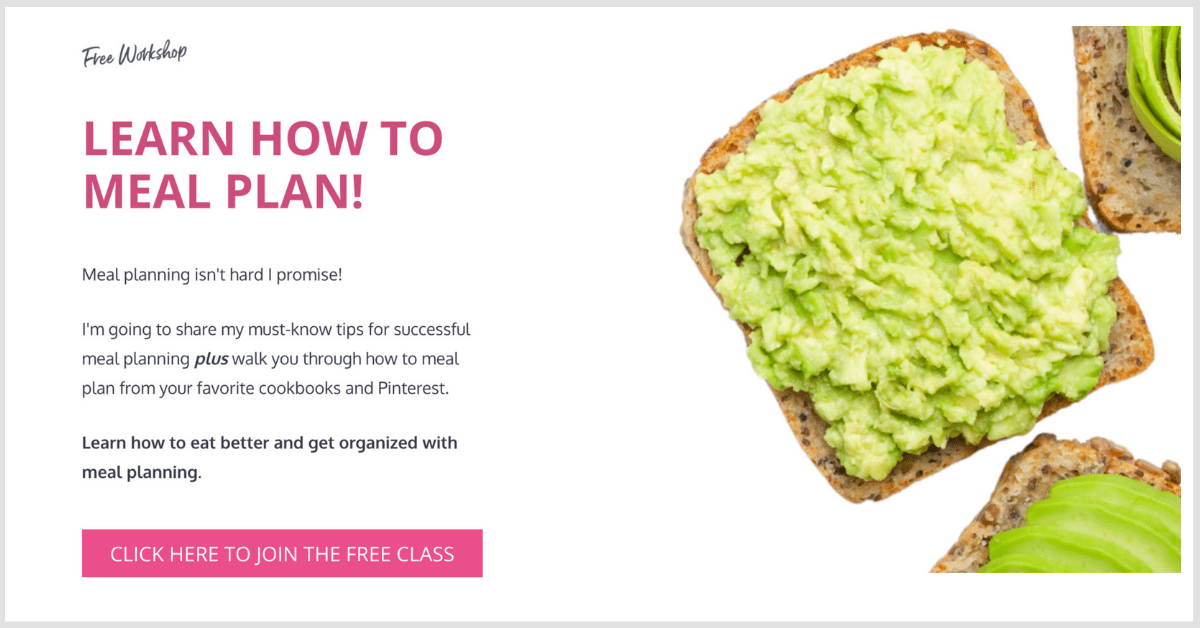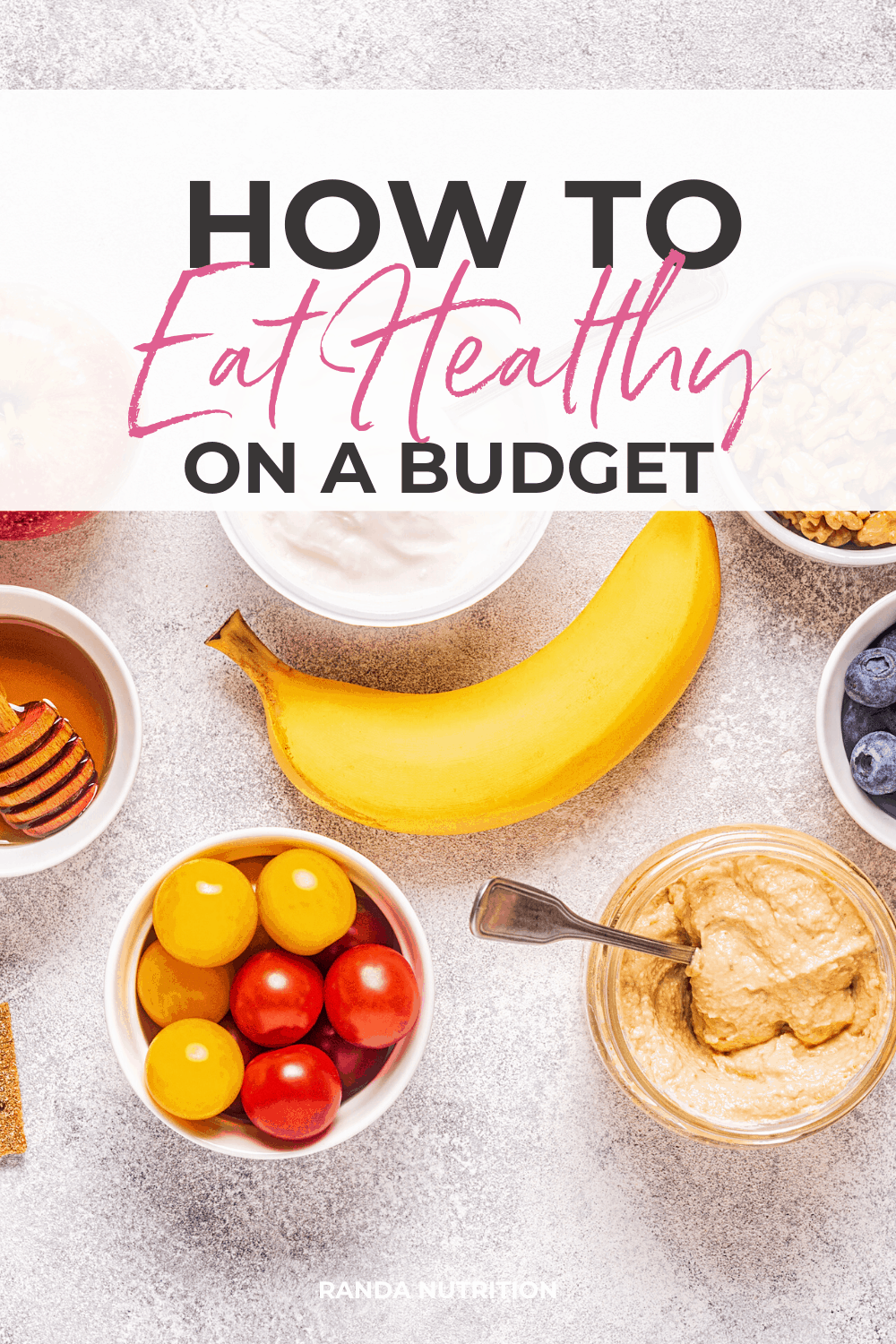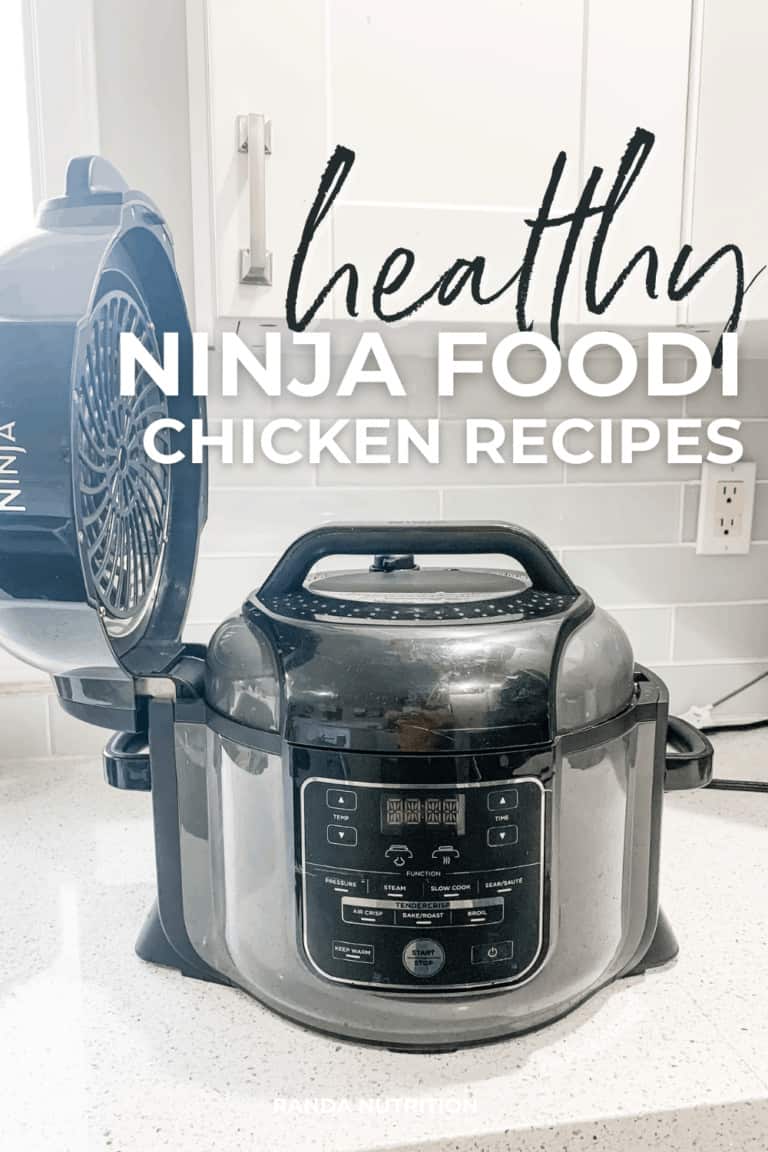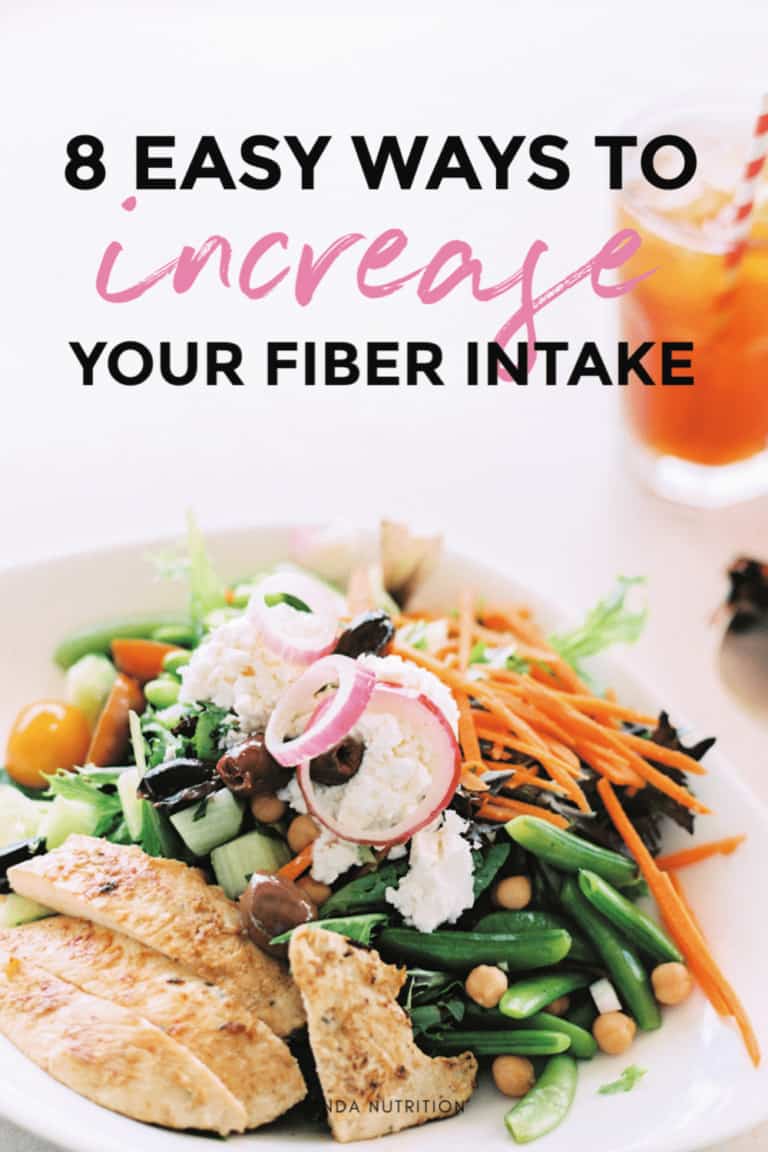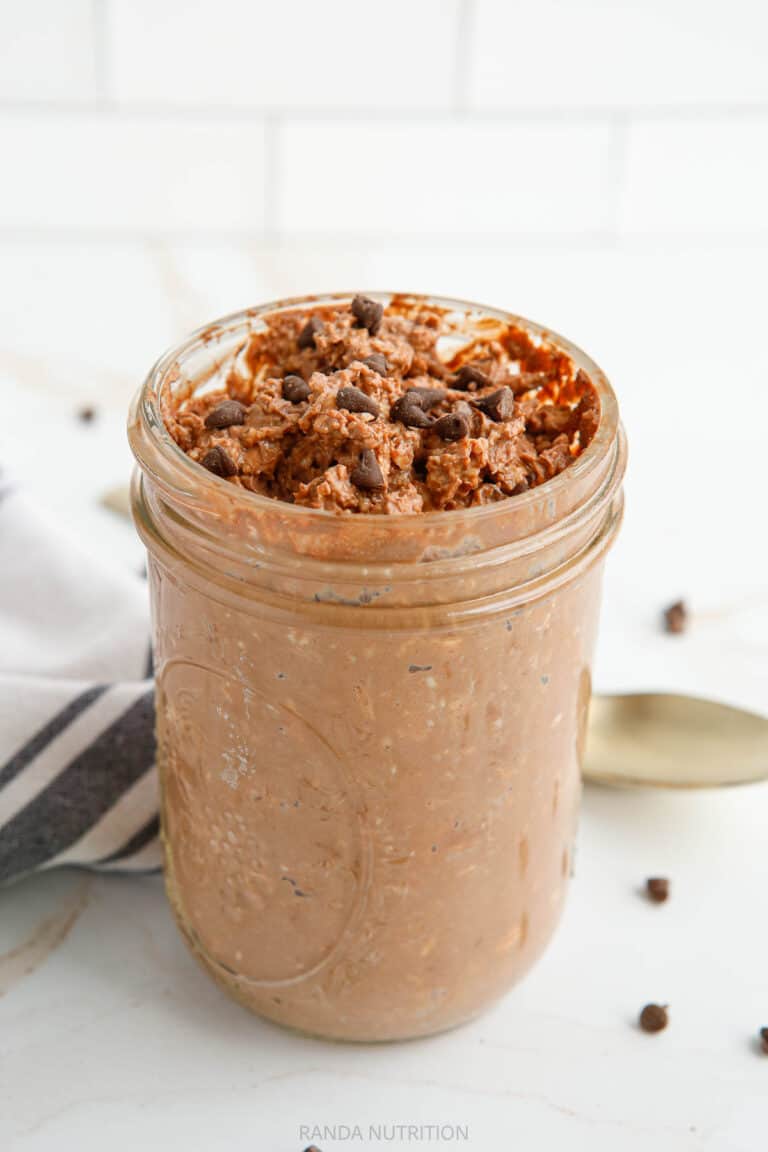How to Eat Healthy On a Budget
Whether you’re focused on improving your gut health or you’re dealing with allergies, you may notice your food bill has been going up, up, up. Even if you aren’t strapped for cash, saving money is always a good thing, right? Let’s chat about how to eat healthy on a budget.
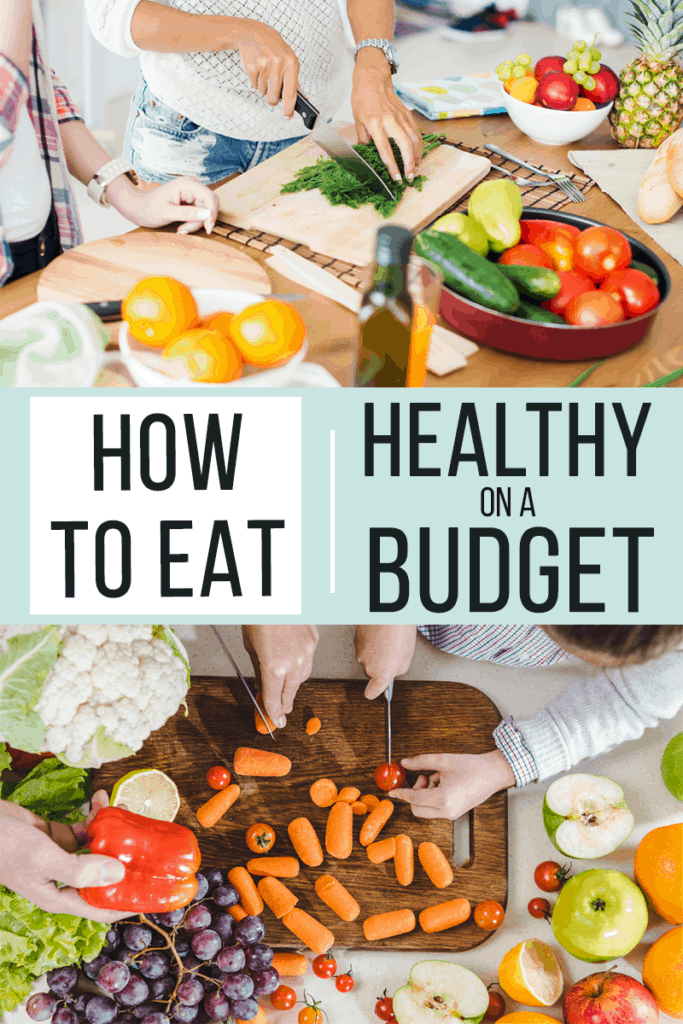

Save This Recipe!
Enter your email below & I’ll send it straight to your inbox. Plus you’ll get great new recipes every week!
How to Eat Healthy on a Budget
Disclosure: This post contains affiliate links for your convenience. As an Amazon Associate, I earn from qualifying purchases.
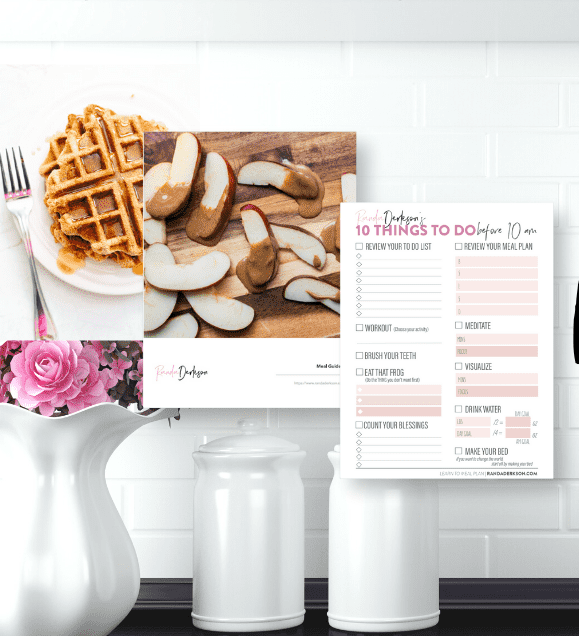
Get Access Free
Exclusive Nutrition and Healthy Living Library
Keep your pantry organized. I can’t tell you how many times I’ve bought another can of black beans because I didn’t put it back on the shelf where it usually goes. If you do this even a few times, the extra cost can add up. Use these tips to get your kitchen organized once and for all.
Here are some helpful Pantry Organization products.
I go into pantry organization in detail in the 30 Days to a Healthier You workshop.
Cook from scratch when possible. This includes things like salad dressing and tea/coffee. You can even make your own gluten-free flour. Skipping that $5 Starbucks drink is going to save you a ton of money – and calories! You can make your own lattes at home for a fraction of the cost and with way fewer calories and sugar.

Salad dressings and other condiments are easy to make large batches of, and they taste better when you can add your own flair to them. If you like it spicy, add more crushed red pepper. It’s easy to mix things up and make them perfect for your family.
Cooking from scratch does take more time, but if you use appliances like a slow cooker, pressure cooker, and/or Air Fryer, you will easily get that time back.
Calculate actual costs. You may be surprised at how expensive (or inexpensive!) your favorite meals are. Calculating their exact cost per serving can help you stay on budget and help you with meal planning. If you have an expensive dish on Monday, you know to plan inexpensive ones for the rest of the week so it all evens out.
Meal Planning
Add a staple like rice or beans to any dish to make it last longer and be more filling.
Obviously, you don’t want to fill up on carbs and starches while trying to eat healthy, but it’s okay to eat them in small portions. Adding even a small portion of rice to a meal makes it more filling and makes the rest of the food stretch a bit more.
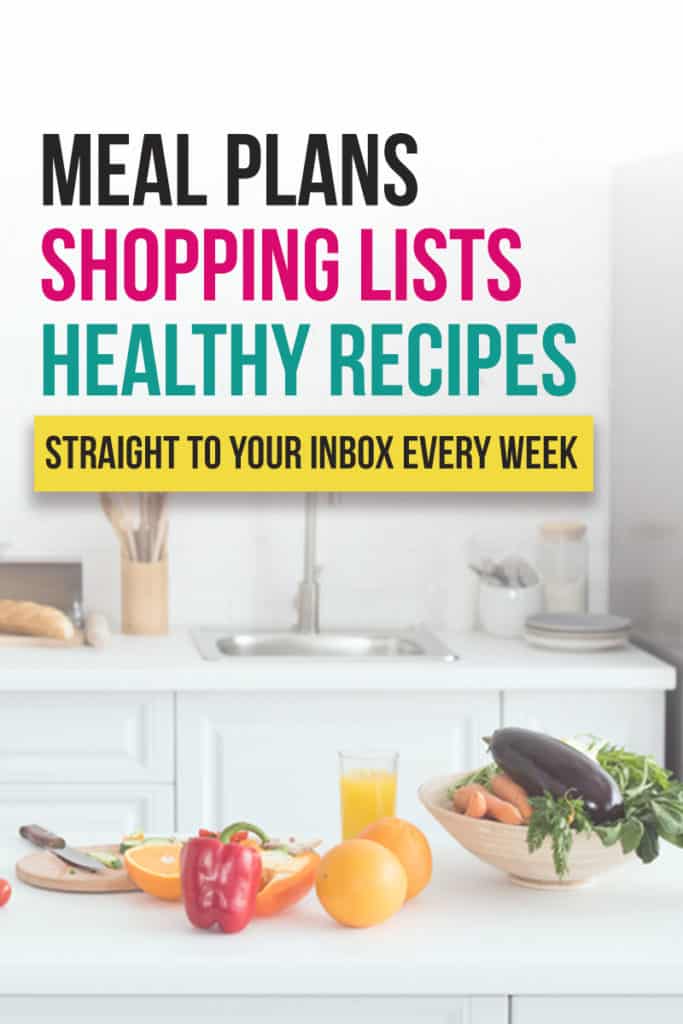
I think you’ll like this: Healthified Meal Plans. Where I plan your weekly meals and snacks, make you a grocery list, and send you the recipes. Learn more by clicking here.
Eggs are your new best friend. If you don’t love eggs yet, it’s time to learn too! Eggs are versatile, easy to cook, and add protein to your diet for pennies on the dollar. Make up a big batch of hard boiled eggs to use for quick lunches or snacks. Try these easy low carb egg stuffed peppers, egg vegetable casserole, and these tasty breakfast tacos.
Speaking of protein, peanuts and almonds are great healthy, affordable snacks to keep on hand.
Eat leftovers, but repurpose them into a new meal. Not everyone is a fan of leftovers, so instead of dealing with groans from your family, repurpose leftovers into something new. I love this creamy turkey soup, because you can use day old (clearance-priced) bread (gluten-free or regular depending on your dietary need), plus leftover veggies from another dish. Another one of our go-to leftover meals is rotisserie chicken tacos.
You can eat healthier on a budget easily with leftovers.
Utilize your freezer.
Freezer meal cooking is super popular, and for good reason! Doubling your recipe and cooking in batches means more food in less time. Save time, save money.
See: 44 Healthy Foods for Under $1
Rotating Family Favourites
So everyone stays happy (and healthy!), we like to write down a list of our “family favorites” and include them in our monthly menu planning rotation. For example, if your child’s favorite meal is chicken nuggets, figure out how to make them healthier (I like to bread mine with almond flour), and be sure to include it in the menu plan.
Some of our faves include:
- Chicken Tortilla Soup
- Romesco Stuffed Chicken Breasts
- Roasted Cauliflower Soup
- Spaghetti Squash Nests Recipe
Don’t forget these must have cooking supplies for a healthy kitchen.
Grocery Shopping on a Budget
Avoid the middle aisles. It’s a well-known fact that the perimeter of the grocery store is where you’ll find the best whole food options. Once you venture to the middle aisles, you’re looking at boxed dinners and processed junk food.

Brand loyalty. We are all loyal to brands when it comes to certain foods, but that doesn’t mean we have to buy the most expensive brand for everything. Try the “off” brand of different products
Timing is everything. You can buy fresh produce on a budget, but you need to know what’s in season and what’s on sale. Every week, grocery stores put out a flyer/ad. Use the ad to help plan your meals for the week or month. When produce is deeply discounted, stock up and use it for canning. You can do this with fruits and veggies, salsa, spaghetti sauce, and more!
Frozen is okay! Frozen fruits and veggies are perfectly fine (and healthy) to eat. You can use them in many recipes without noticing much of a difference, and frozen produce is much cheaper during the off season so it’s worth it.
Buy less expensive meats. You can still buy high quality meat without breaking the bank. Instead of only buying the expensive stuff, consider buying a whole chicken and using both the dark and the light meats for different meals. Check out the deli or butcher counter to see what’s on sale. Sometimes you can get awesome cuts of meat for a low price. Stock up when you do.
Put that freezer to work!
Go meatless. Not that you have to go vegetarian or anything, but doing one or two meatless nights each week will save you money.
Use Pinterest and your favorite blogs to find vegetarian meals that are so delicious, you won’t miss the meat!
Try this Turmeric Sweet Potato Stir Fry.
Stock up. Buying in bulk and keeping a well-stocked pantry will drastically cut your grocery bill. Whether you’re stocking up weekly at various grocery stores or shopping at a bulk/wholesale store, you will find that shopping in bulk reduces your overall food bill.
Buying in bulk isn’t necessary for everything, but many items are worth buying in larger quantities (like rice!) because you will use them over time.
Use pick-up or delivery services. This may seem less cost-effective because you can’t price match or use coupons with pick-up services, you don’t get to use the deals from the ads, and if you’re using delivery there will be an extra fee.
However, if you’re the type to impulse shop or grab extras every time you go shopping, paying a few bucks more for the groceries or for a delivery fee will still save you money overall.
PS: Western Canadians, Save On Foods offers free pick up.
Grocery Delivery/PickUp Services:
- Walmart Grocery
- Save On Foods
- Real Canadian Superstore
- InstaCart
- HelloFresh
- GoodFood (Canada only)
- Amazon Fresh
